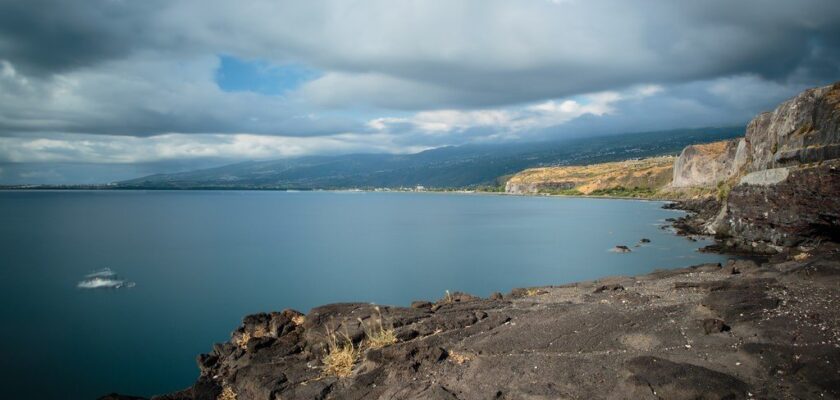Indian Ocean
The Indian Ocean is the third largest ocean on Earth (after the Pacific and Atlantic oceans). It is located mostly in the Southern Hemisphere, between Asia in the North, Africa in the West, Australia in the East, and Antarctica in the South. Connected to the Atlantic Ocean in the Southwest, and to the Pacific Ocean in the East and Southeast. The area of the Indian Ocean with seas is 74917 thousand km², average depth 3897 m, average water volume 291945 thousand km³ (without seas respectively: 73442.7 thousand km², 3963 m and 291030 thousand km³).
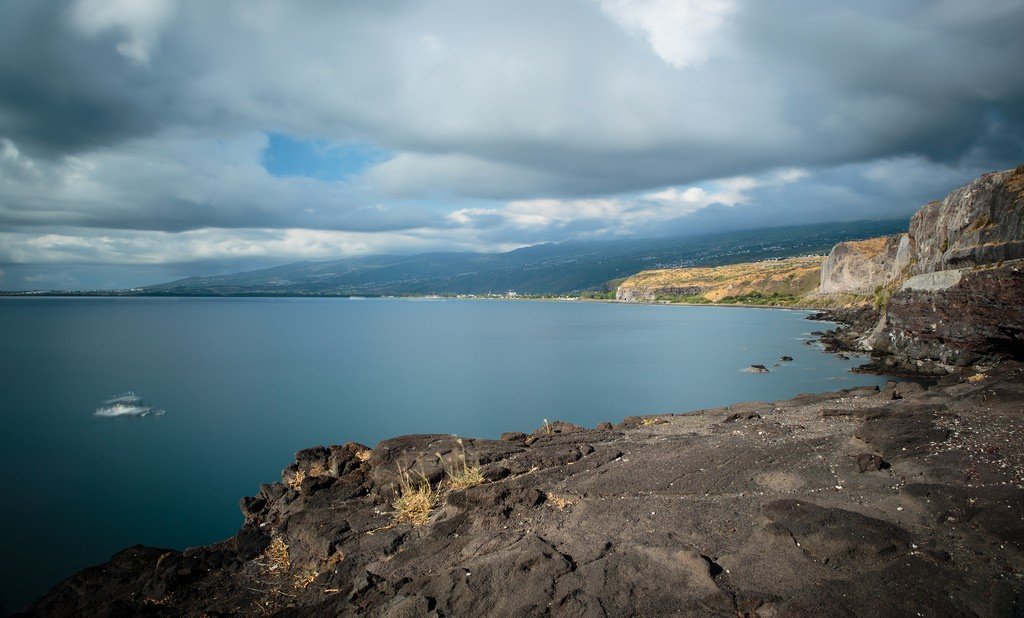
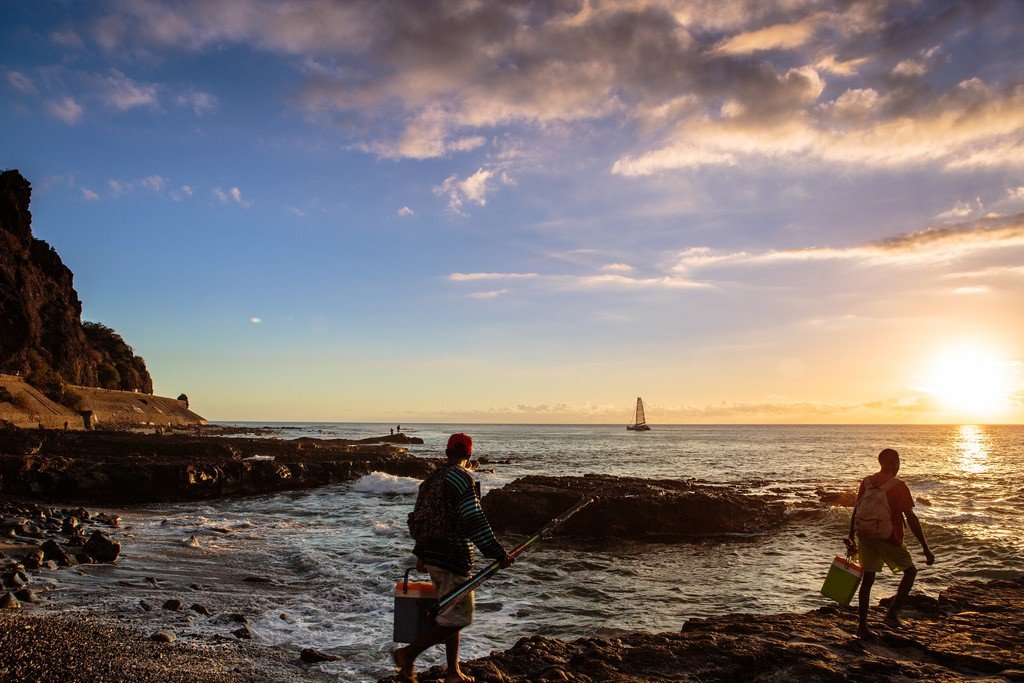
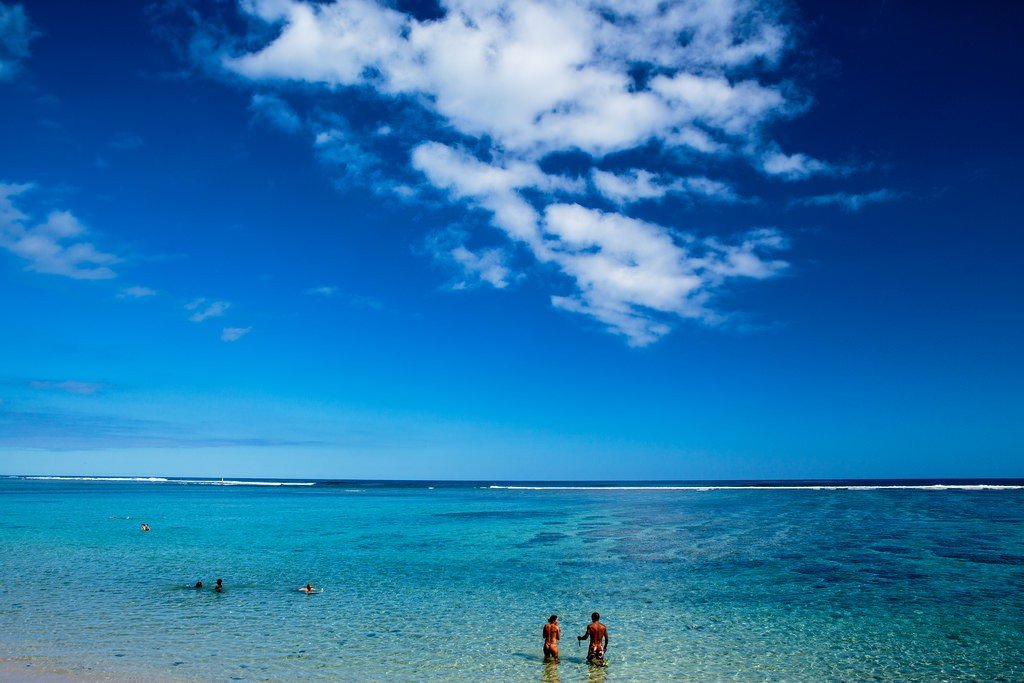
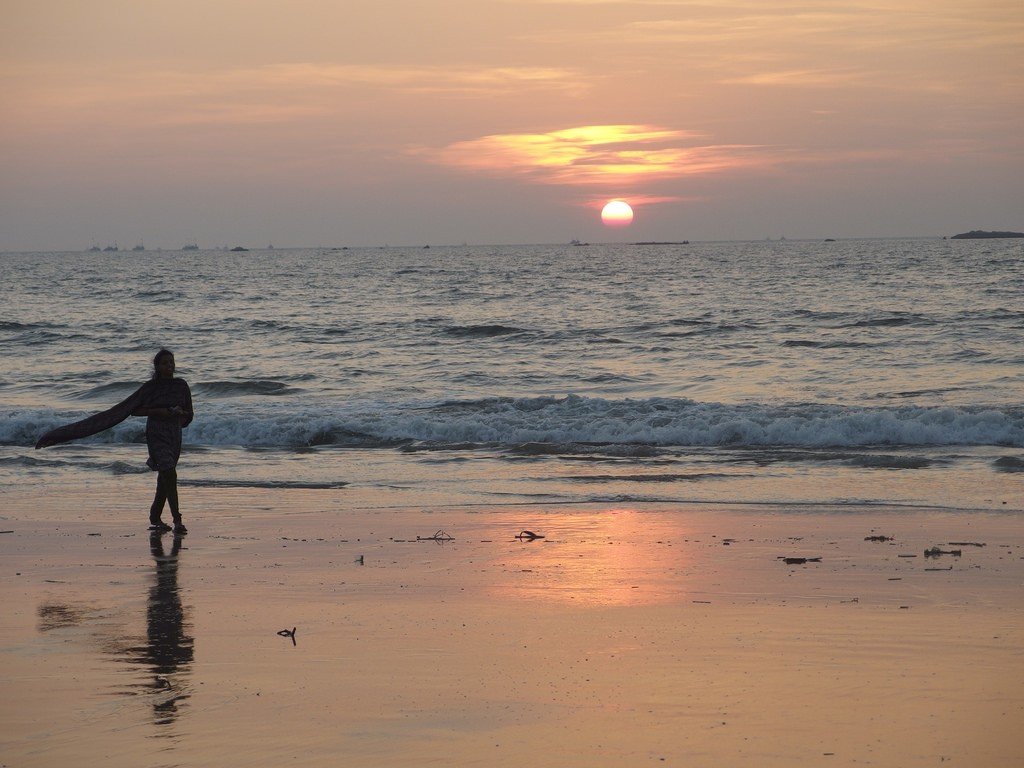
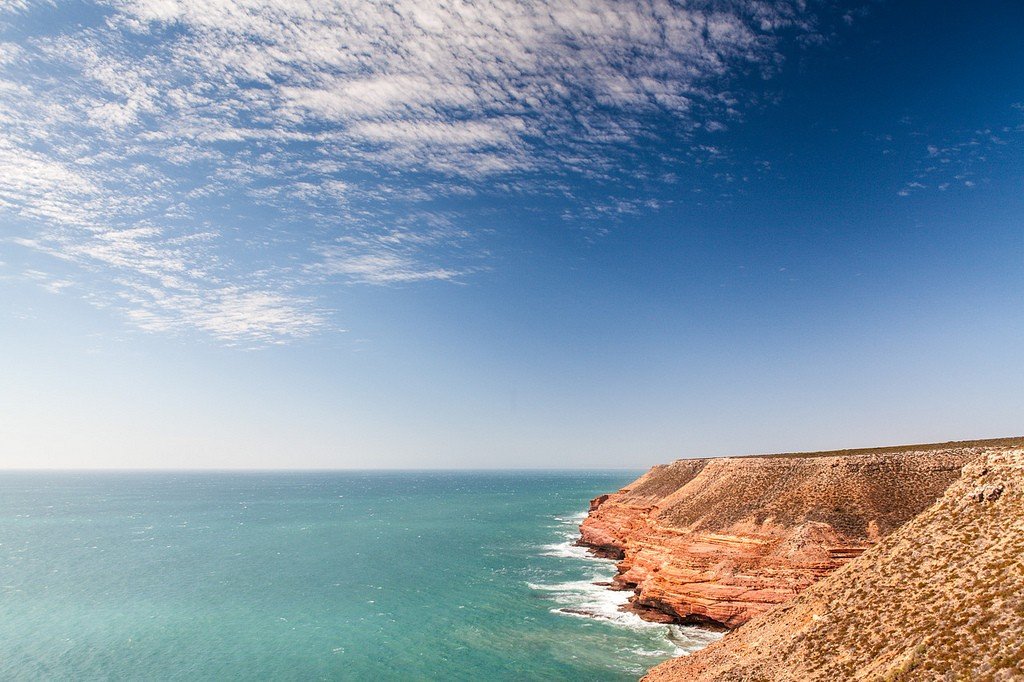
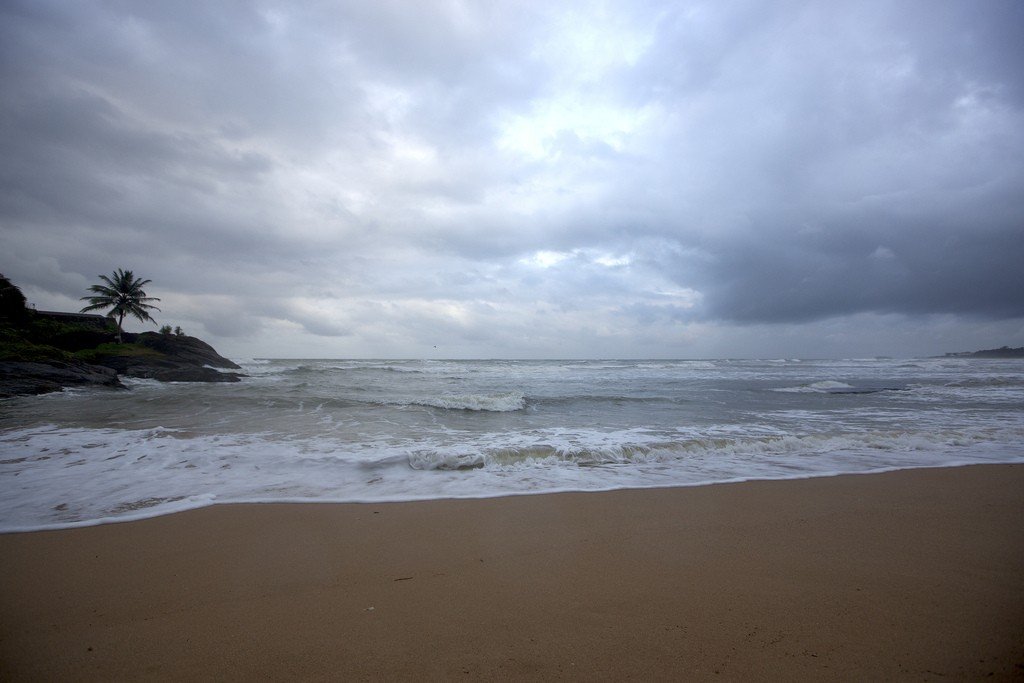
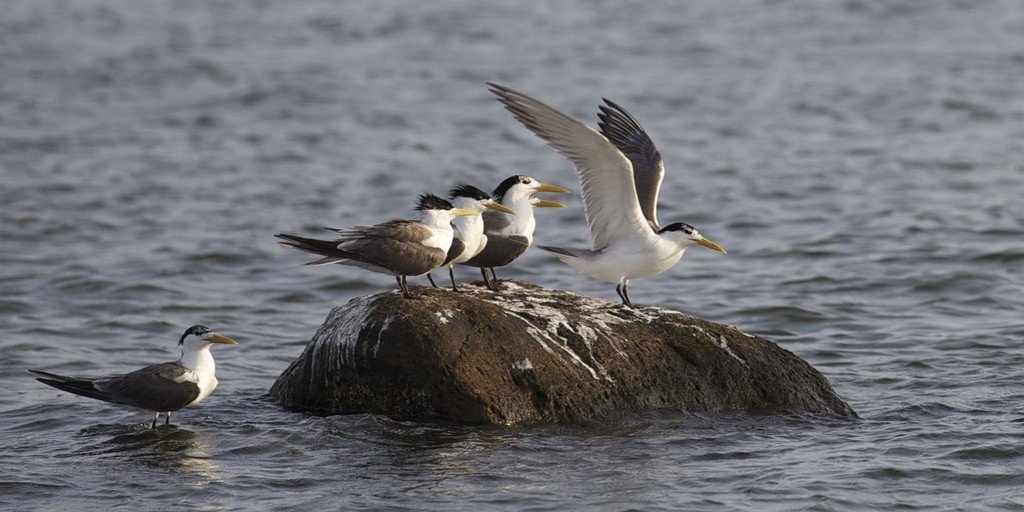
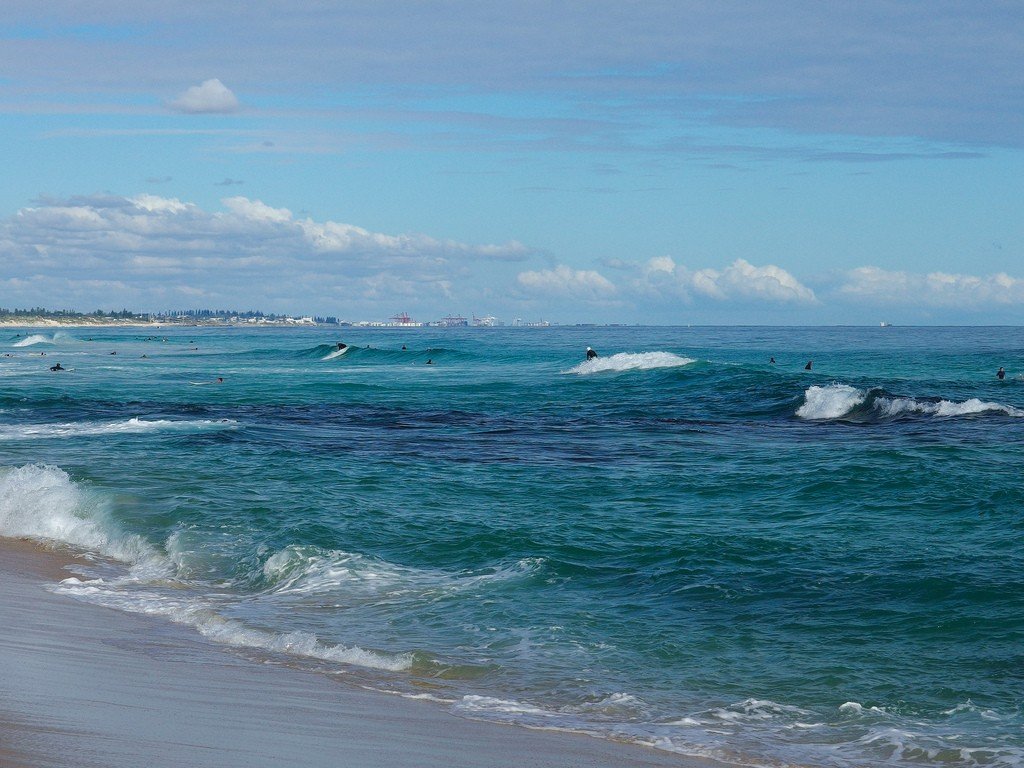
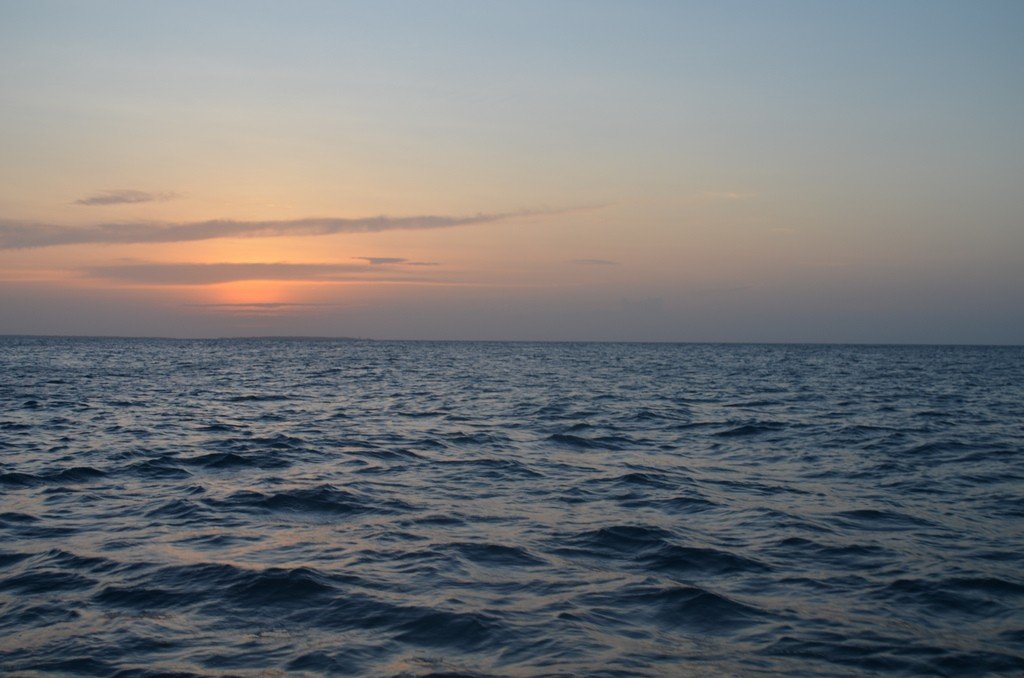
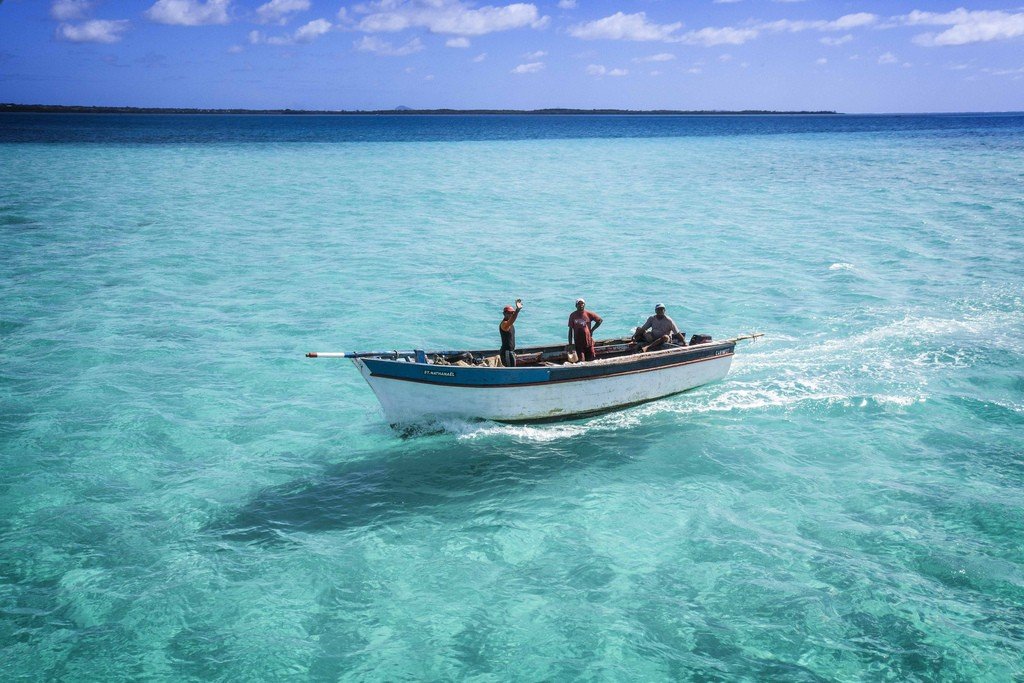
General information
The Indian Ocean has the least number of seas compared to other oceans. The largest seas are located in the northern part: the Mediterranean seas – the Red Sea and Persian Gulf, the semi-enclosed Andaman Sea, and the marginal Arabian Sea; and the eastern part – the Arafura and Timor Seas.
There are relatively few islands. The largest are of mainland origin and are near the coasts: Madagascar, Sri Lanka, and Socotra. In the open part of the ocean there are volcanic islands – Mascarene, Crozet, Prince Edward and others. In tropical latitudes, coral islands rise on volcanic cones – Maldives, Laccadives, Chagos, Cocos, most of Andaman, etc..The coasts in the N.W. and East are indigenous, in the N.E. and West the sedimentary ones predominate. The coastline is poorly indented, except for the northern part of the Indian Ocean Almost all the seas and major gulfs (Aden, Oman, Bengal) are located here. In the southern part are the Gulf of Carpentaria, the Great Australian Bight and the bays of Spencer, St. Vincent, etc.
.
Along the coasts stretches a narrow (up to 100 km) continental shoal (shelf), the outer edge of which has a depth of 50-200 m (only in Antarctica and northwestern Australia up to 300-500 m). The continental slope is a steep (up to 10-30°) escarpment, in some places dissected by underwater valleys of the Indus, Ganges and other rivers. In the northeastern part of the ocean there is the Sound Island Arc and the associated Sound Trough, to which the maximum depths (up to 7130 m) are confined. The Indian Ocean bed is divided by ridges, mountains and ramparts into a number of basins, the most significant of which are the Arabian Basin, the West Australian Basin and the African-Antarctic Basin. The bottoms of these basins are formed by accumulative and hilly plains; the former are near the continents in areas of abundant sediment supply, the latter in the central part of the ocean. Among the numerous ridges of the bed, the meridional East Indian Ridge, which connects in the South with the latitudinal West Australian Ridge, stands out for its straightness and length (about 5000 km); large meridional ridges stretch to the South from the Indian Peninsula and Madagascar Island. Madagascar. Volcanoes (Bardina, Shcherbakova, Lena, etc.) are widely represented on the ocean bed, which in some places form large massifs (to the N. of Madagascar) and chains (to the W. of the Cocos Islands). Mid-ocean ridges – a mountain system consisting of three branches diverging from the central part of the ocean to the N. (Arabian-Indian Ridge), S.-W. (West Indian and African-Antarctic Ridges) and S.-E. (Central Indian Ridge and Austral-Antarctic Rise). This system is 400-800 km wide, 2-3 km high and is most dissected by the axial (rift) zone with deep valleys and rift mountains bordering them; transverse faults are characteristic, along which horizontal displacements of the bottom up to 400 km are noted. The Austral-Antarctic Rise, in contrast to the midcontinental ridges, is a more gentle rampart 1 km high and up to 1,500 km wide.
.
Indian Ocean sediments have the greatest thickness (up to 3-4 km) at the foot of the continental slopes; in the middle of the ocean they have a small (about 100 m) thickness and in places where dissected relief is distributed, they have a discontinuous distribution. Foraminifera (on continental slopes, ridges and at the bottom of most basins at depths up to 4700 m), diatoms (south of 50°S), radiolarians (near the equator) and coral sediments are most widely represented. Polygenic sediments – red deep-water clays – are common south of the equator at depths of 4.5-6 km or more. Terrigenous sediments are found off the coasts of continents. Chemogenic sediments are represented mainly by iron-manganese nodules, and riftogenic sediments are products of fracture of deep rocks. Outcrops of bedrock are most often found on continental slopes (sedimentary and metamorphic rocks), mountains (basalts) and mid-ocean ridges, where, in addition to basalts, serpentinites, peridotites, representing little-altered matter of the Earth’s upper mantle, are found.
The Indian Ocean is characterized by the predominance of stable tectonic structures both on the bed (thalassocratons) and on the periphery (continental platforms); active developing structures – modern geosynclines (Zond Arc) and georiftogenals (mid-ocean ridge) – occupy smaller areas and are continued in the corresponding structures of Indochina and rifts of East Africa. These main macrostructures, sharply differing in morphology, crustal structure, seismic activity, volcanism, are subdivided into smaller structures: plates, usually corresponding to the bottom of oceanic basins, clastic ridges, volcanic ridges, in some places topped with coral islands and banks (Chagos, Maldives, etc.), troughs-fractures, etc.). ), fault troughs (Chagos, Obi, etc.), often confined to the foot of boulder ridges (East Indian, West Australian, Maldives, etc.), fault zones, tectonic scarps. Among the structures of the Indian Ocean bed a special place (by the presence of continental rocks – granites of the Seychelles and the continental type of the Earth’s crust) is occupied by the northern part of the Mascarene Ridge – a structure that is apparently part of the ancient continent of Gondwana.
.Mineral resources: on the shelves – oil and gas (especially Persian Gulf ), monazite sands (coastal region of Southwest India), etc.; in rift zones – ores of chromium, iron, manganese, copper, etc.; on the bed – huge accumulations of iron-manganese nodules.
.The climate of the northern part of the Indian Ocean is monsoonal; in summer, when a region of low pressure develops over Asia, southwestern streams of equatorial air dominate here, in winter – northeastern streams of tropical air. South of 8-10° S, the atmospheric circulation is characterized by much greater constancy; here in tropical (in summer and in subtropical) latitudes, stable southeastern trade winds prevail, and in temperate latitudes – extratropical cyclones moving from West to East. In tropical latitudes, hurricanes occur in the western part in summer and fall. The average air temperature in the northern part of the ocean in summer is 25-27 °С, at the coast of Africa – up to 23 °С. In the southern part it decreases in summer to 20-25 °С at 30°S, to 5-6 °С at 50°S and below 0 °С south of 60°S. In winter the air temperature varies from 27.5 °С near the equator to 20 °С in the northern part, to 15 °С at 30°S, to 0-5 °С at 50°S, and below 0 °С south of 55-60°S. At the same time, in the southern subtropical latitudes, the year-round temperature in the West under the influence of the warm Madagascar Current is 3-6 °С higher than in the East, where there is a cold West Australian Current. Cloudiness in the monsoonal northern part of the Indian Ocean is 10-30% in winter and up to 60-70% in summer. In summer, the highest amount of precipitation is also observed here. The average annual sum of precipitation in the eastern Arabian Sea and the Bay of Bengal is more than 3000 mm, near the equator 2000-3000 mm, in the western Arabian Sea up to 100 mm. In the southern part of the ocean the average annual cloudiness is 40-50%, south of 40° S – up to 80%. Average annual precipitation in the subtropics 500 mm in the W., 1000 mm in the W., in temperate latitudes more than 1000 mm, near Antarctica decreases to 250 mm.
.The circulation of surface water in the northern Indian Ocean is monsoonal, with northeast and eastward currents in summer and southwest and westward currents in winter. In winter months, the Interpassage (equatorial) countercurrent develops between 3° and 8°S. In the southern part of the Indian Ocean, the water circulation forms an anticyclonal cycle, which is formed of warm currents – the Southern Passat in the N., the Madagascar and Needle currents in the West and cold currents – the West Wind current in the South and the West Australian current in the East South of 55° S., several weak cyclonal water cycles develop, which are closed by the Eastern current near the coast of Antarctica.
.The heat balance is dominated by a positive component: between 10° and 20°N. 3.7-6.5 GJ/(m2×yr) <88-156 kcal/(cm2×yr)>; between 0° and 10°S 1.0-1.8 GJ/(m2×yr) <25-43 kcal/(cm2×yr)>; between 30° and 40°S. – 0.67-0.38 Gj/(m2×yr) <-16 to 9 kcal/(cm2×yr)>; between 40° and 50° S. 2.34-3.3 Gj/(m2×yr) <56-80 kcal/(cm2×yr)>; south of 50° S. -1.0 to -3.6 Gj/(m2×yr) <-24 to -86 kcal/(cm2×yr)>. In the expenditure part of the heat balance north of 50°S, the main role in the heat balance belongs to evaporation heat input, and south of 50°S to ocean-atmosphere heat exchange.
.
Water salinity depends on the water balance, which is made up on average for the surface of the Indian Ocean from evaporation (-1380 mm/year), precipitation (1000 mm/year) and mainland runoff (70 cm/year). The rivers of South Asia (Ganges, Brahmaputra, etc.) and Africa (Zambezi, Limpopo) provide the main freshwater runoff. The highest salinity is found in the Persian Gulf (37-39‰), the Red Sea (41‰) and the Arabian Sea (over 36.5‰). It decreases to 32.0-33.0‰ in the Bay of Bengal and the Andaman Sea, and 34.0-34.5‰ in the southern tropics. In the southern subtropical latitudes, salinity exceeds 35.5‰ (maximum 36.5‰ in summer, 36.0‰ in winter), and south of 40°S it decreases to 33.0-34.3‰. The highest water density (1027) is observed in Antarctic latitudes, the lowest (1018, 1022) in the northeastern part of the ocean and in the Bay of Bengal. In the northwestern Indian Ocean, the water density is 1024-1024.5. The oxygen content in the surface water layer increases from 4.5 ml/l in the northern part of the Indian Ocean to 7-8 ml/l south of 50° S. At depths of 200-400 m the oxygen content is much less in absolute value and varies from 0.21-0.76 in the N. to 2-4 ml/l in the South, at greater depths it gradually increases again and in the bottom layer is 4.03-4.68 ml/l. The color of the water is predominantly blue, in Antarctic latitudes blue, in places with greenish tints.
.
Tides in the Indian Ocean, as a rule, are small (at the shores of the open ocean and islands from 0.5 to 1.6 m), only in the tops of some bays they reach 5-7 m; in the Gulf of Cambay 11.9 m. The tides are predominantly semi-diurnal in nature.
.Ice forms in high latitudes and is carried by winds and currents together with icebergs in a northerly direction (up to 55°S in August and up to 65-68°S in February).
.The Indian Ocean’s deep circulation and vertical structure are shaped by waters submerged in the subtropical (subsurface waters) and Antarctic (intermediate waters) convergence zones and along the continental slope of Antarctica (bottom waters), as well as by inputs from the Red Sea and Atlantic Ocean (deep waters). Subsurface waters have at the depths from 100-150 m to 400-500 m a temperature of 10-18°C and a salinity of 35.0-35.7‰, intermediate waters occupy the depths from 400-500 m to 1000-1500 m, have a temperature of 4-10°C and a salinity of 34.2-34.6‰; deep waters at depths from 1000-1500 m to 3500 m have temperatures from 1.6 to 2.8°C, salinity 34.68-34.78‰; bottom waters below 3500 m have temperatures from -0.07 to -0.24°C, salinity 34.67-34.69‰ in the South, in the S. – About 0.5°C and 34.69-34.77‰, respectively.
>Plant and animal life
The entire Indian Ocean lies within the tropical and southern temperate belts. The shallow waters of the tropical belt are characterized by numerous 6- and 8-beam corals, hydrocorals that can create islands and atolls together with calcareous red algae. Among the powerful coral structures live a rich fauna of various invertebrates (sponges, worms, crabs, mollusks, sea urchins, ophiura and starfish), small but brightly colored coral fish. Most of the coasts are occupied by mangroves, in which the mudskipper, a fish capable of prolonged existence in an airy environment, stands out. The fauna and flora of beaches and cliffs that dry out at low tide are quantitatively impoverished as a result of the oppressive action of sunlight. In the temperate zone, life on such parts of the coasts is much richer; dense thickets of red and brown algae (kelp, fucus, reaching huge sizes macrocystis) develop here, a variety of invertebrates are abundant. The open spaces of the Indian Ocean, especially the surface layer of the water column (up to 100m), are also characterized by a rich flora. Of unicellular planktonic algae are dominated by several species of peredinium and diatom algae, and in the Arabian Sea – blue-green algae, often causing the mass development of the so-called bloom of water.
.The main mass of ocean animals are copepod crustaceans (more than 100 species), followed by winged mollusks, jellyfish, siphonophores and other invertebrate animals. Of unicellulars are characterized by radiolarians; squid are numerous. Of fish, the most abundant are several species of flying fish, luminous anchovies – myctophids, coryphaenes, large and small tunas, sailfish and a variety of sharks, venomous sea snakes. Sea turtles and large marine mammals (dugongs, toothed and toothless whales, pinnipeds) are common. Among birds, albatrosses and frigates are the most characteristic, as well as several species of penguins inhabiting the coasts of South Africa, Antarctica, and islands lying in the temperate ocean.
.